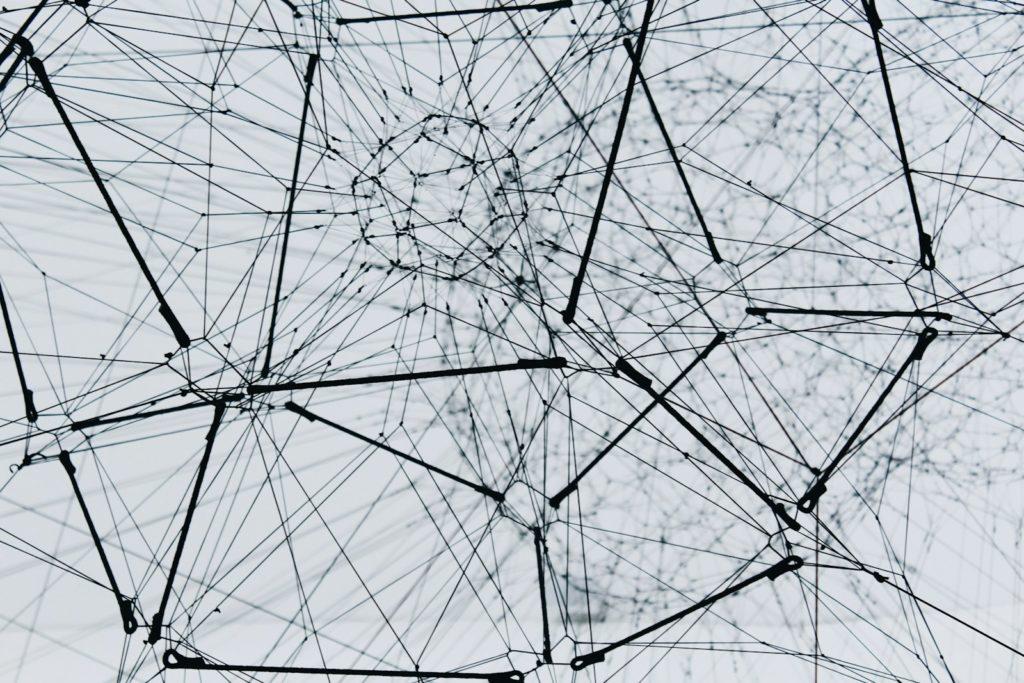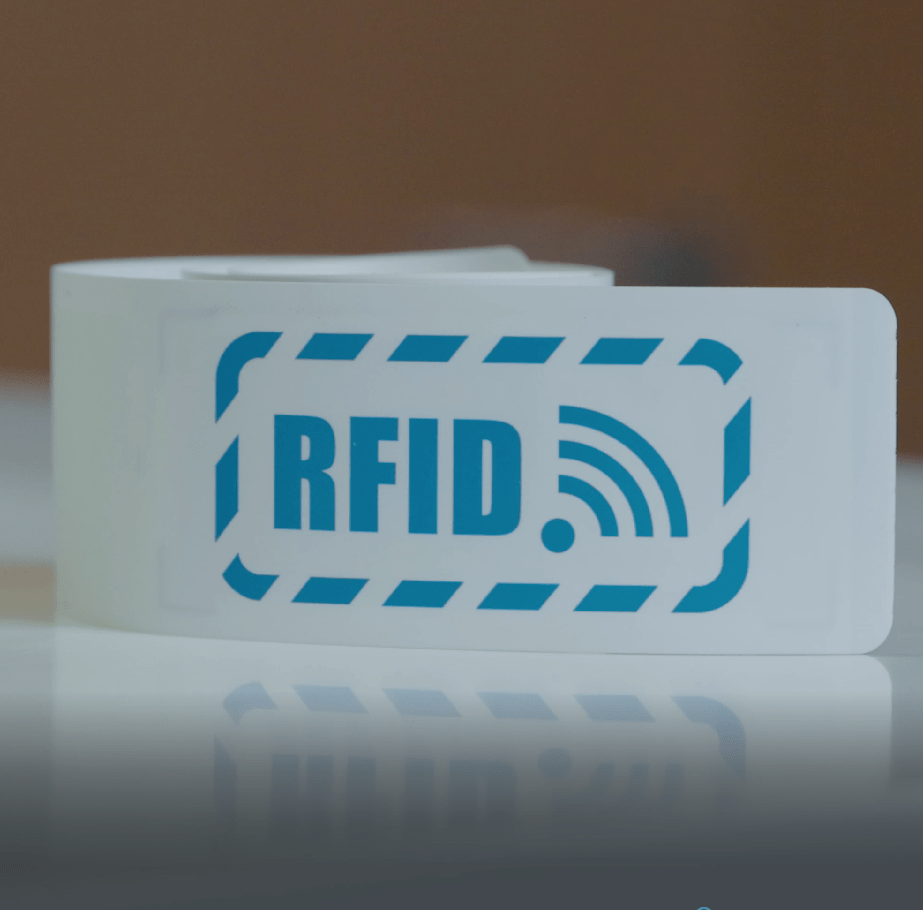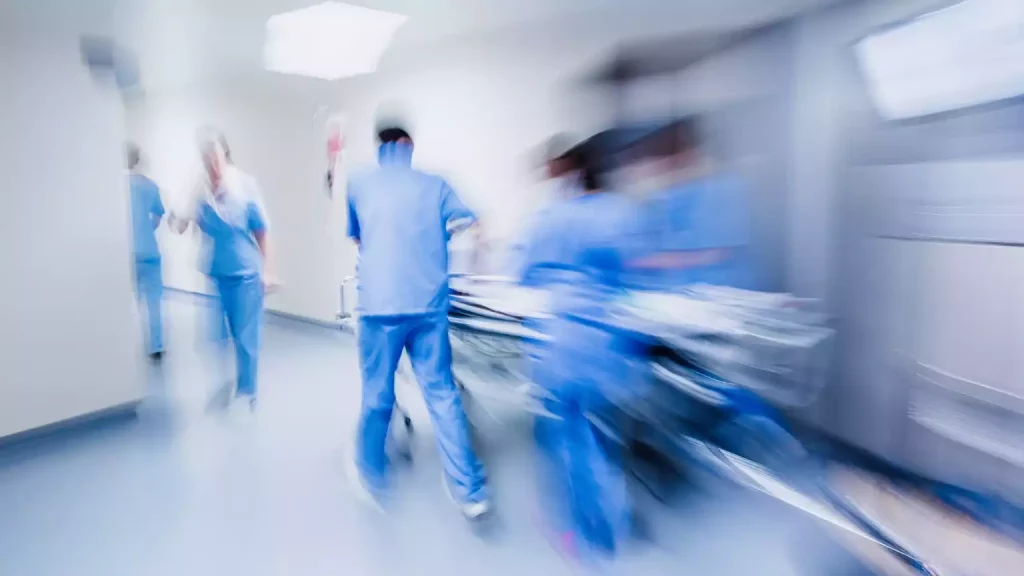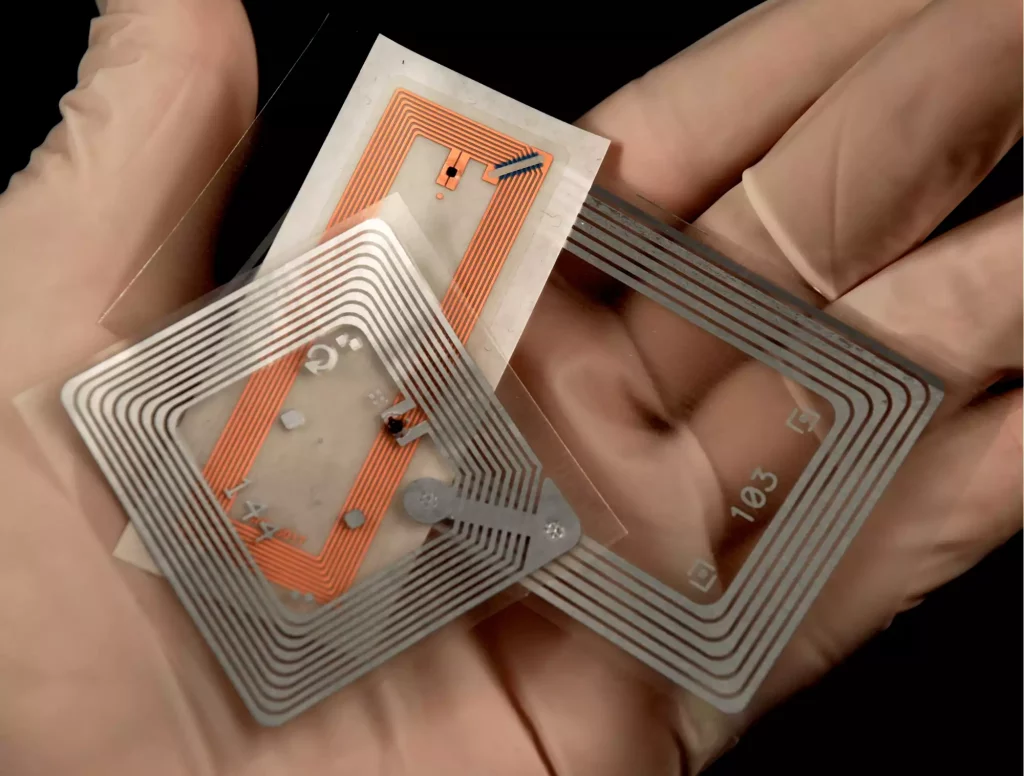MV Santé is a private company that has specialized in outpatient surgery for nearly 20 years. With 4 clinics throughout the French-speaking part of Switzerland, with 15 operating rooms, they perform approximately 25,000 operations per year in all surgical fields. MV Santé has developed its own system called "e-chir" which supports and digitizes its procedures and data collection in order to continuously improve its processes and the use of its resources.

BLE Beacon: How it works, benefits and applications
Traceability and geolocation are major issues for a large number of companies, whether it involves tracking assets or...








